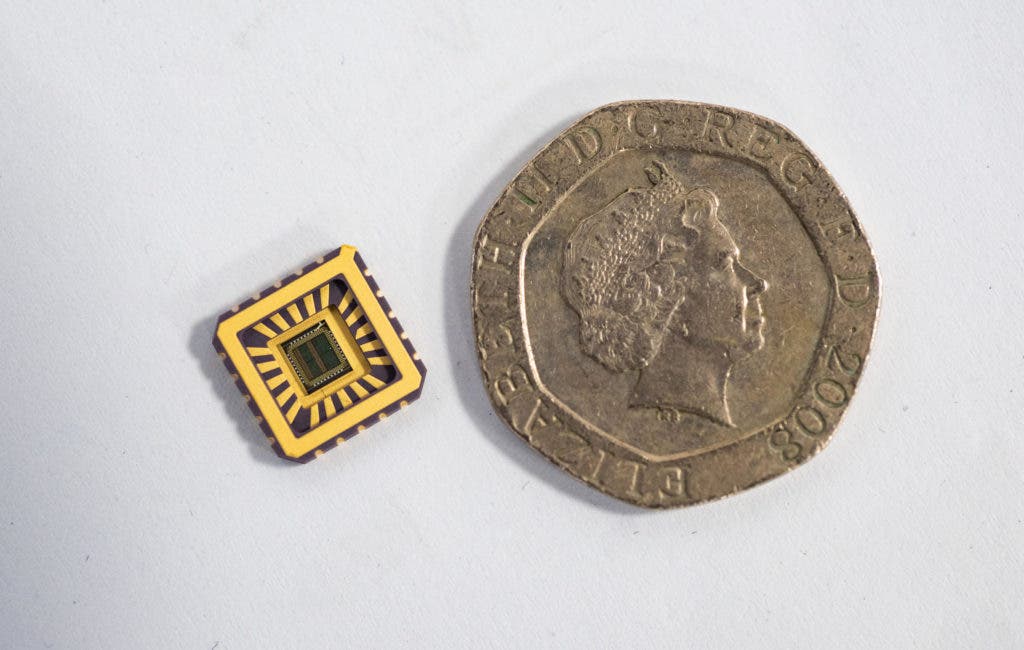Scientists have devised a solid-state neuron that responds nearly identically to the electrical behavior of biological neurons. The goal is to someday insert bionic chips into the brains of patients to address malfunctioning biological circuits in the nervous system and regulate functions lost to diseases.

Alain Nogaret, a professor of physics at the University of Bath, and colleagues designed microcircuits that mimic the activity of ion channels and the neural response of respiratory and hippocampal neurons.
They first analyzed the parameters from a large-scale database of electrophysiological recordings, replicating the dynamics of hippocampal and respiratory neurons.
Getting the membrane voltage of the synthetic chip to oscillate identically to the biological chip was extremely challenging. But, in the end, “enriching cross-disciplinary interactions with colleagues and hard work” paid off, Nogaret told ZME Science.
The researchers performed 60 different current injection protocols on the solid-state neurons, which generated nearly identical electrical responses when compared to biological neurons.

Credit: University of Bath.
“Our approach allows analog hardware including highly nonlinear circuits to be configured to perform specific tasks. A computation that uses the physical properties of the hardware presents enormous advantages in terms of low latency times, low power consumption, ability to read raw nerve signals, etc. but has so far been hindered by the difficulty of finding hardware parameters that condition the behaviour of biocircuits. We expect to be investigating more complex biocomputers than single neurons in the future and to address neuronal disease,” Nogaret said.
The respiratory neurons that were modeled in this study are responsible for regulating respiratory and cardiac rhythms. When this mechanism goes awry, either through age or disease, an individual becomes at risk of developing sleep apnoea and heart failure. Instead of drugs, a device that adapts biofeedback in a similar way to respiratory neurons may prove to be more effective.
“We have evidence that this approach provides a novel therapy for heart failure. Compliance with implant regulations over the certification phase is probably why this technology will take a bit of time before benefiting humans,” Nogaret said.
The findings appeared in the journal Nature Communications.


